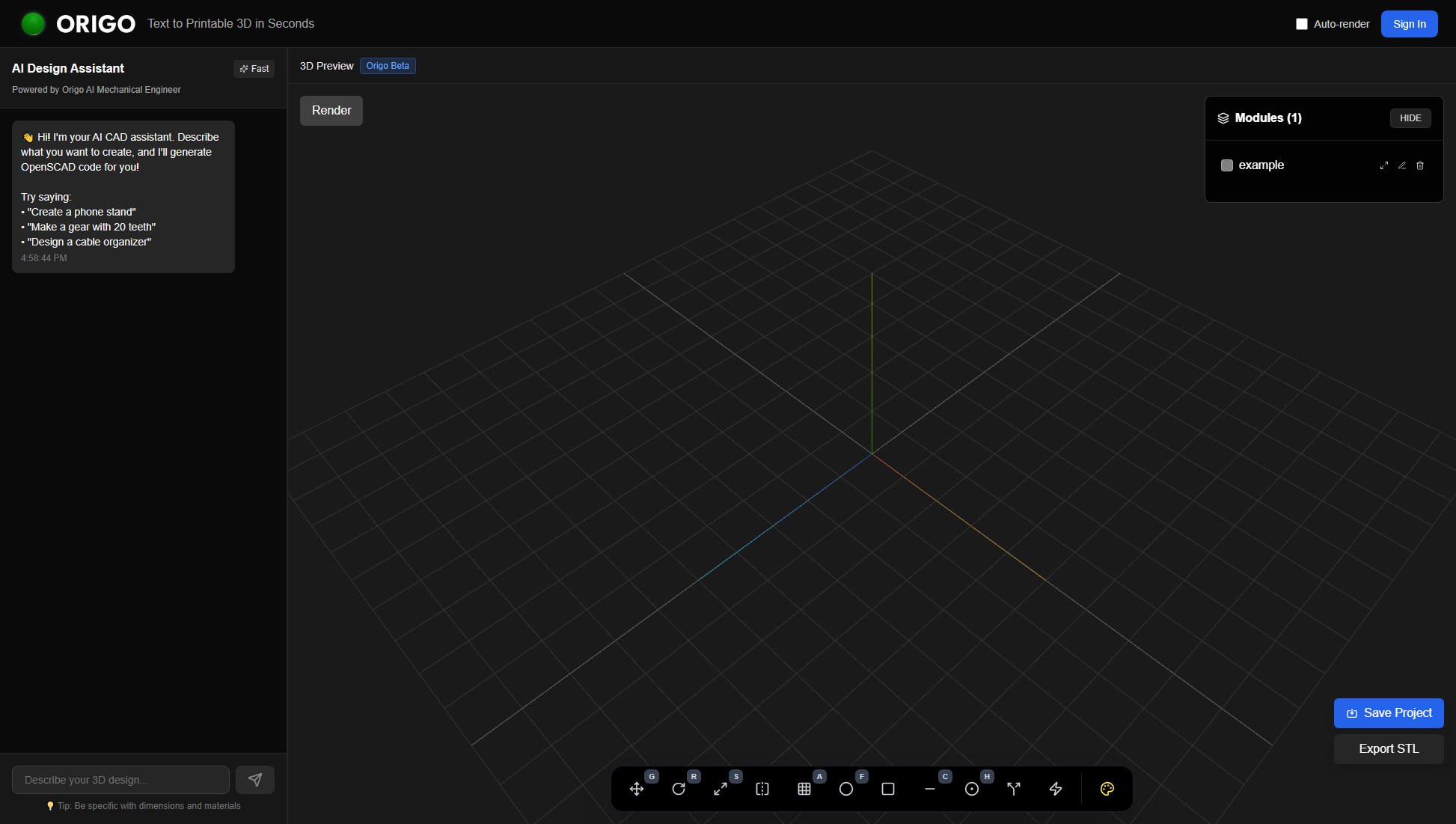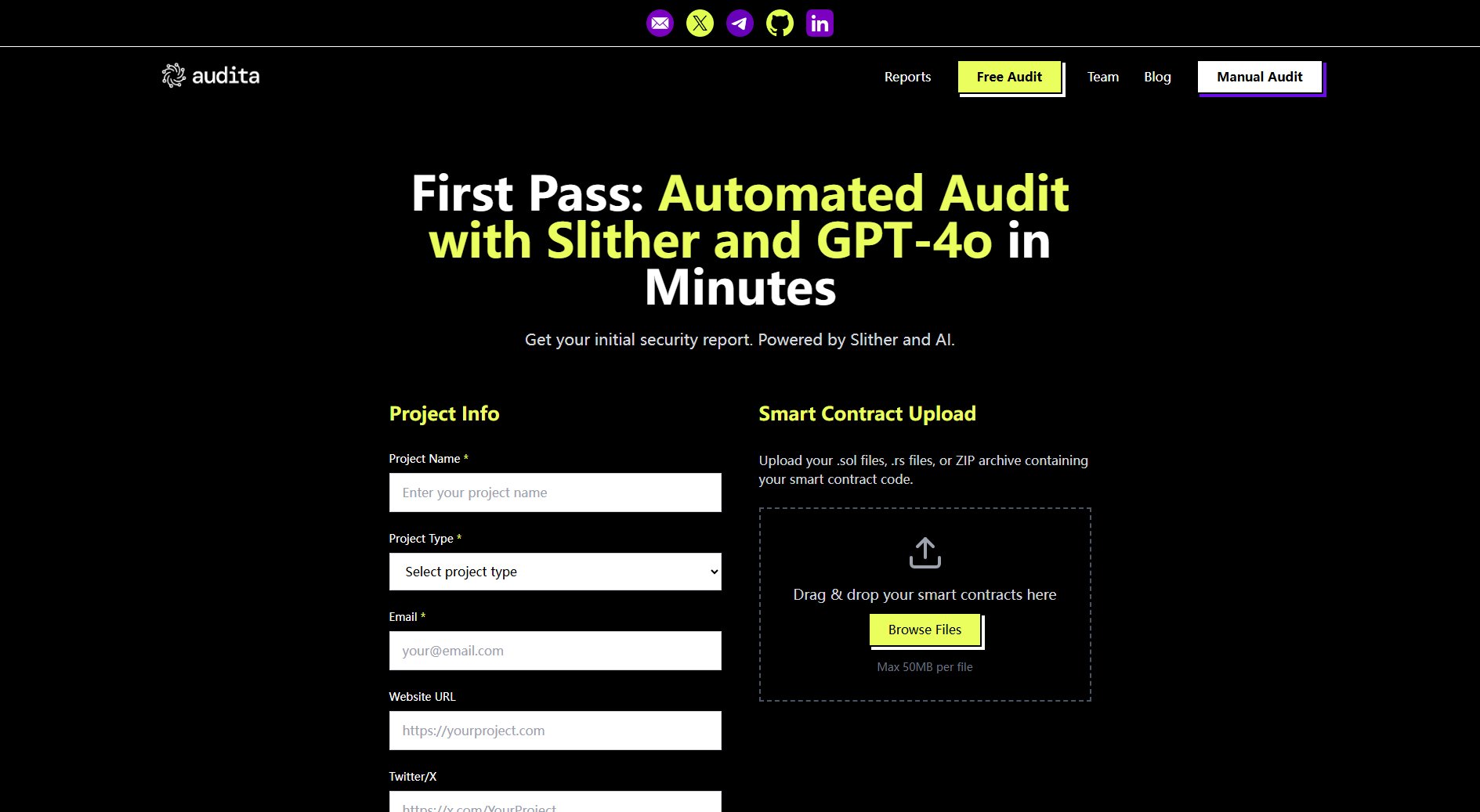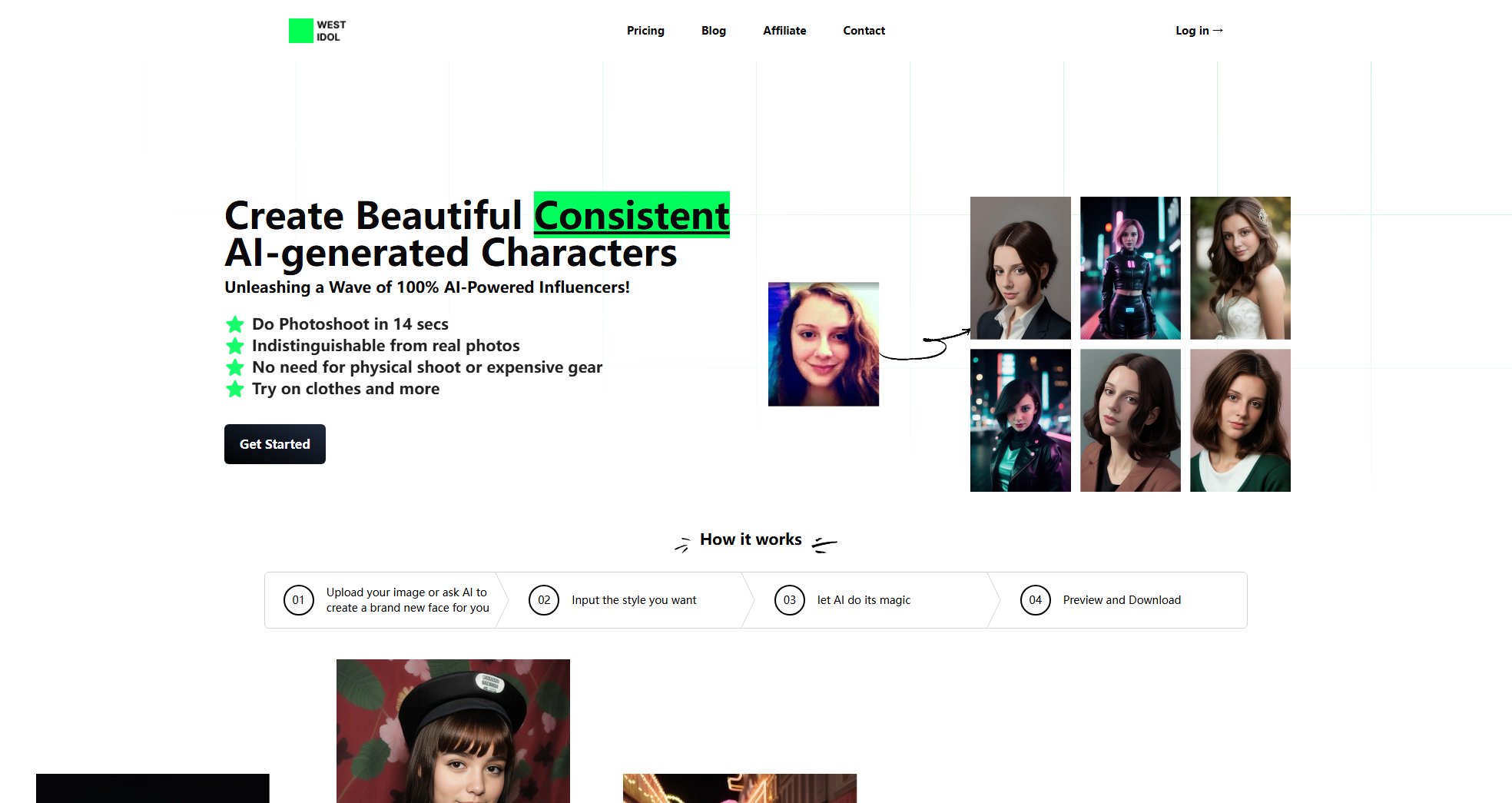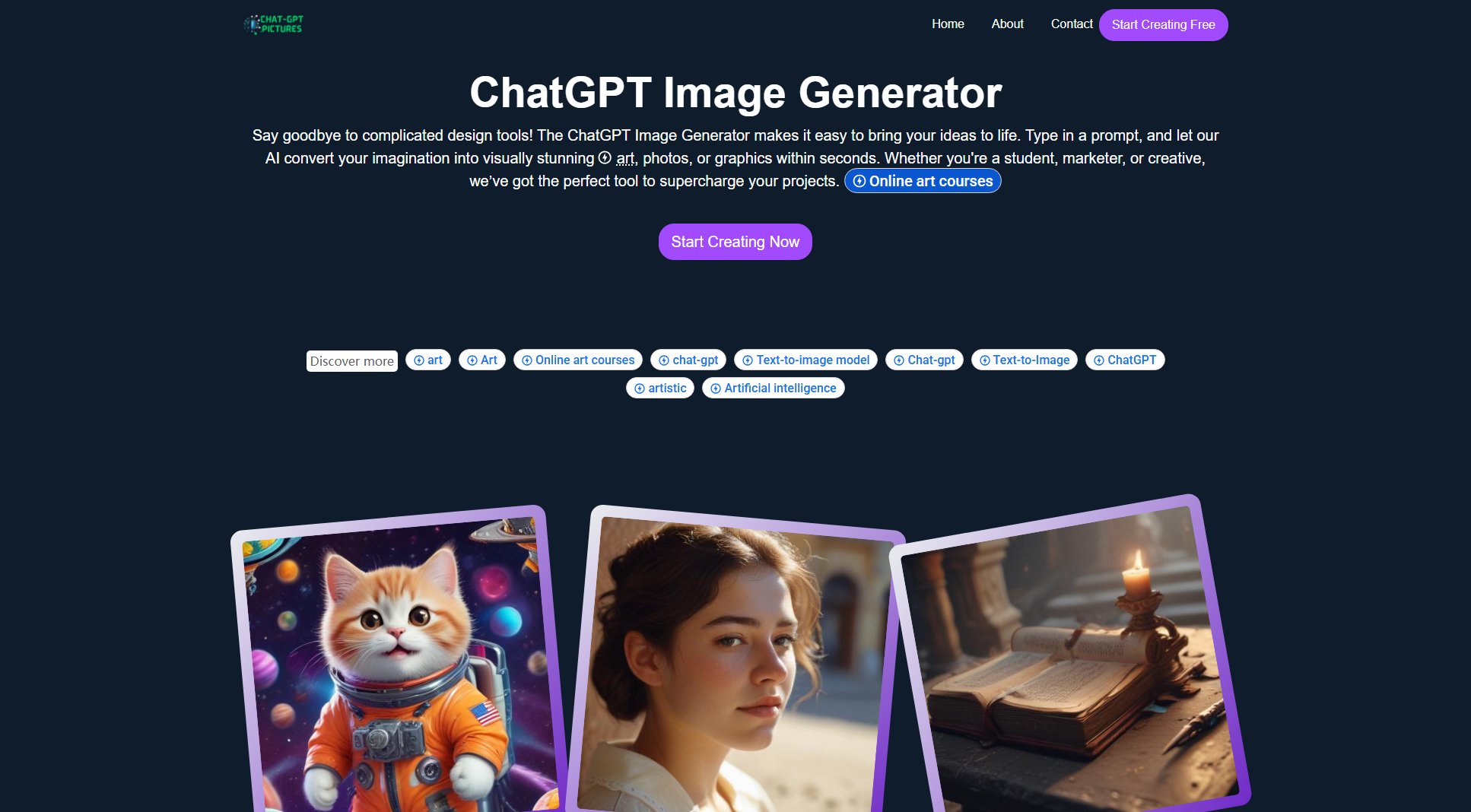Origo
AI-powered CAD for instant 3D design from text
What is Origo? Complete Overview
Origo is an AI-powered CAD (Computer-Aided Design) tool that transforms text descriptions into printable 3D models in seconds. It serves as an intelligent design assistant that generates OpenSCAD code automatically, making 3D modeling accessible to everyone from hobbyists to professional engineers. The tool solves key pain points in traditional CAD workflows by eliminating the steep learning curve and time-consuming manual design process. With Origo, users can simply describe what they want to create in natural language, and the AI handles the complex technical aspects of 3D modeling. The platform is particularly valuable for rapid prototyping, educational purposes, and professionals who need to quickly visualize design concepts without deep CAD expertise.
Origo Interface & Screenshots

Origo Official screenshot of the tool interface
What Can Origo Do? Key Features
Text-to-3D Conversion
Convert natural language descriptions into printable 3D models instantly. Simply describe your design (e.g., 'phone stand' or 'gear with 20 teeth') and Origo generates the corresponding 3D model with OpenSCAD code.
AI Design Assistant
An intelligent CAD assistant that understands design intent and technical requirements. The AI suggests optimal geometries, dimensions, and structural elements based on your description and common engineering principles.
Real-time 3D Preview
Interactive 3D viewer that shows your design as it's being generated. Rotate, zoom, and inspect the model from all angles before finalizing the design for printing or further modification.
Advanced Modeling Tools
Comprehensive suite of CAD operations including Move, Rotate, Scale, Mirror, Array, Fillet, Chamfer, Cut, Hole Wizard, Split, and Explode. These tools allow for precise adjustments after the initial AI generation.
Export Capabilities
Seamlessly export designs in STL format for 3D printing or save projects for future editing. The system preserves all design parameters and OpenSCAD code for complete flexibility in your workflow.
Best Origo Use Cases & Applications
Rapid Prototyping
Product designers can quickly generate physical prototypes by describing concepts in plain English, dramatically reducing the time from idea to tangible model.
Educational Tool
Students learning 3D design principles can focus on creative concepts while the AI handles the complex mathematics and programming aspects of CAD modeling.
Custom Parts Creation
DIY enthusiasts and makers can design perfectly fitting components for repairs or custom projects without needing advanced CAD skills.
Engineering Workflows
Professional engineers can use Origo to quickly generate base models that can then be refined in traditional CAD software, saving hours of manual modeling time.
How to Use Origo: Step-by-Step Guide
Describe your design in the input field using natural language. Be specific about dimensions, materials, and functional requirements (e.g., 'Create a phone stand for iPhone 13 with 15° angle').
Review the AI-generated 3D model in the preview window. Use the interactive controls to examine the design from all angles and verify it meets your requirements.
Refine your design using the editing tools if needed. Adjust dimensions, apply fillets or chamfers, create arrays of objects, or make other modifications to perfect your model.
Export your final design as an STL file for 3D printing or save the project file for future edits. The OpenSCAD code remains available for advanced users who want to make manual adjustments.
Origo Pros and Cons: Honest Review
Pros
Considerations
Is Origo Worth It? FAQ & Reviews
Origo primarily generates OpenSCAD code and can export models as STL files, the standard format for 3D printing. During the beta, additional export options may be added based on user feedback.
No prior CAD experience is required. Origo is designed to make 3D modeling accessible through natural language input. However, basic knowledge of 3D design concepts will help you create better descriptions.
Yes, Origo provides a full suite of editing tools to refine your designs. You can also access and modify the underlying OpenSCAD code directly if you're familiar with the language.
The AI produces technically sound models based on your description, but you should always verify critical dimensions and clearances for your specific application before printing.
The beta version is currently free, but future pricing plans may be introduced as additional features and capabilities are added to the platform.








